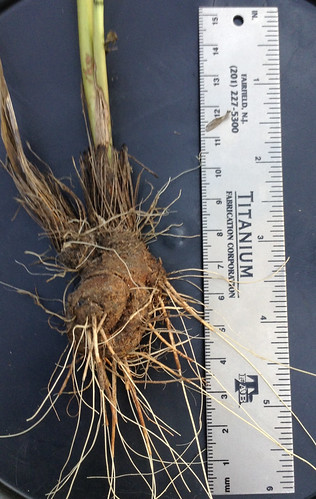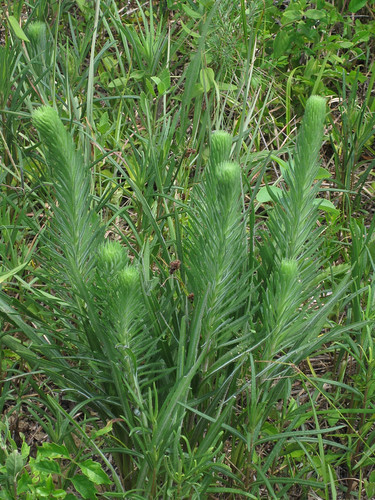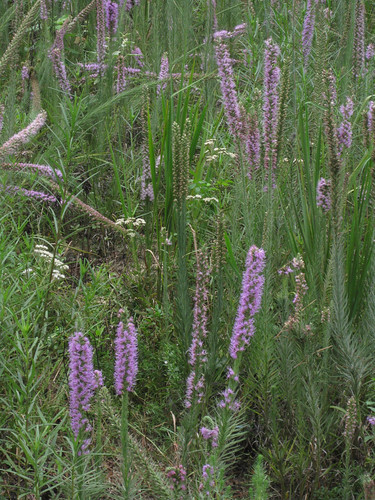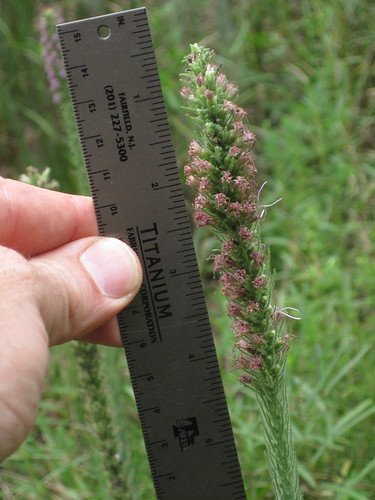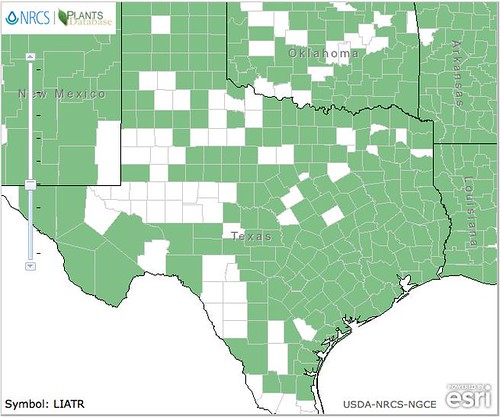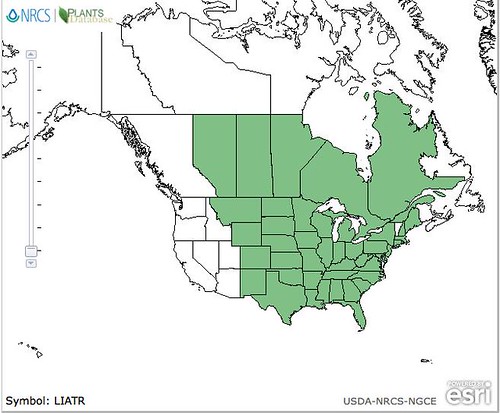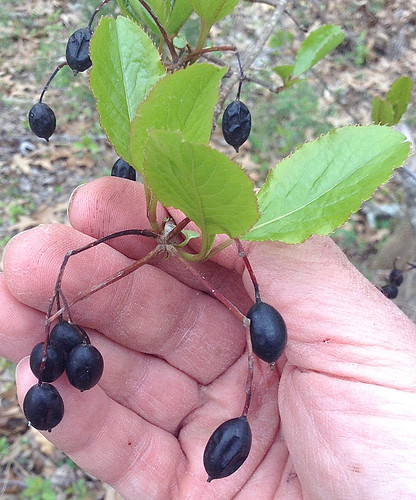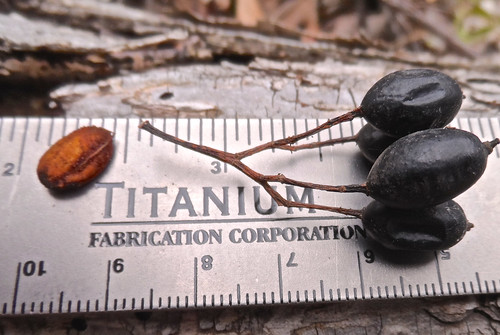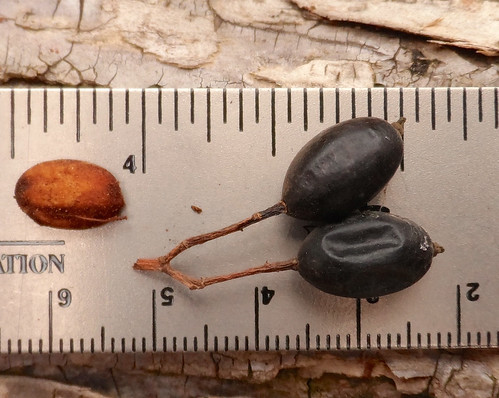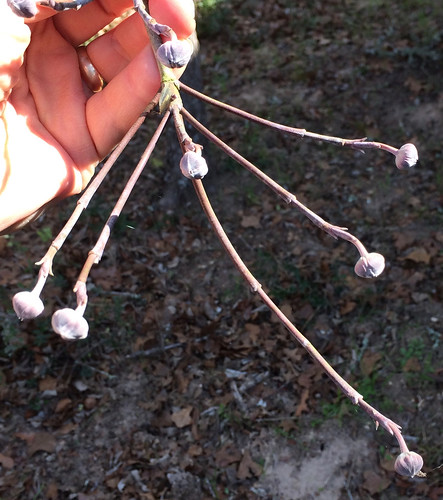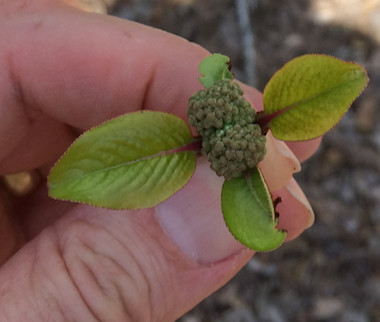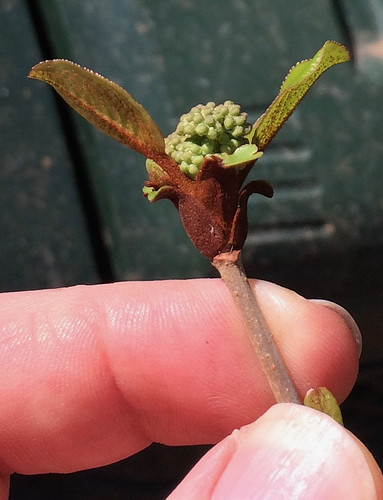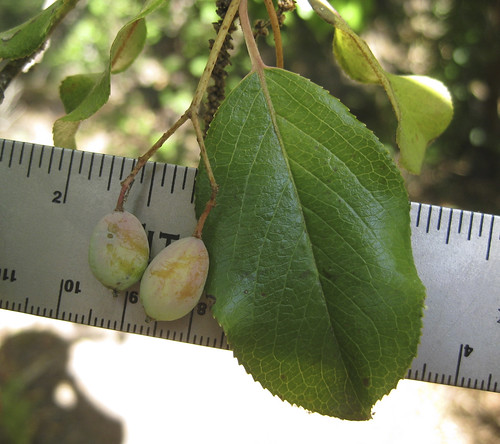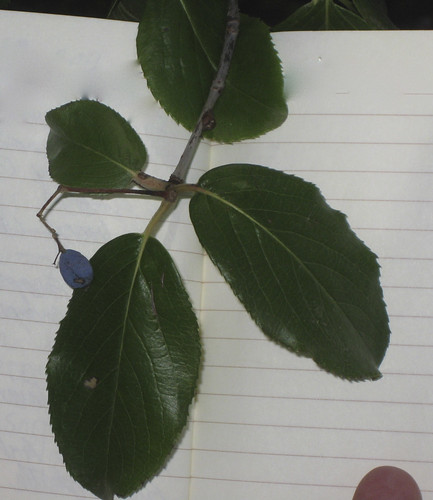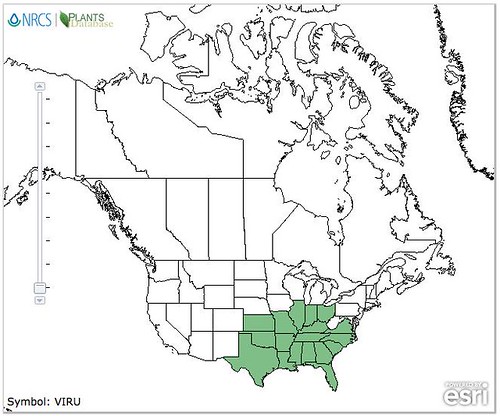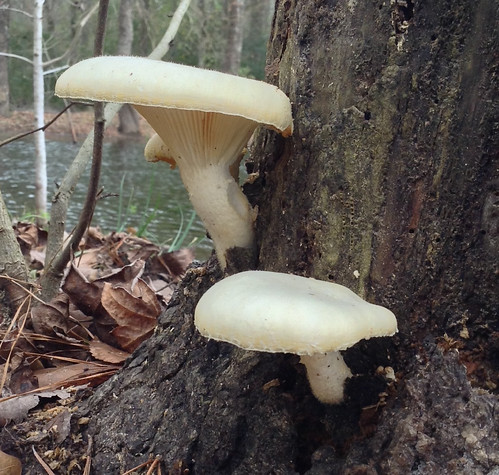Scientific Name(s): Armillaria abescens
Abundance: plentiful
What: mushroom body
How: sautéed, sauces
Where: dead wood, yards
When: spring, fall
Nutritional Value: carbohydrates, fiber, iron, potassium, vitamin D
Dangers: Must be cooked for at least 20 minute to avoid stomach distress. Also beware poisonous mimic sulfur tufts (Hypholoma fasciculare) and inedible luxury caps (Gymnopus luxurians)
Growth Form: Armillaria Tabescens typically grows in clusters of "toadstools" on dead wood, but can also be found as solitary specimens.
Cap Shape and Size: The cap is convex to flat, often with a slightly depressed center. It ranges in size from 1.5 to 4 inches in diameter. Young caps are a tan, similar to the stipes, but then become darker brownish.
Gills or Pores: It has closely spaced, white to cream gills that are attached to the stem. The gills are true, not false.
Stipe Characteristics: The stem is 2 to 4 inches long and about 0.5 to 1 inch thick. It is generally smoother than other Armillaria species, lacking a ring, and is colored off-white/light tan, similar to the younger caps. The stipes stay lighter colored as the caps darken.
Odor: This species does not have a distinct odor.
Bruising: Bruising is not a significant characteristic for this species.
Spore Color: The spore print is white.
Substrate and Habitat: Armillaria Tabescens is saprobic, commonly found on hardwoods, especially in the eastern United States. It is often seen on decaying wood and stumps.
Other Characteristics: Notable for its absence of a ring on the stipe (stem), which distinguishes it from other Armillaria species.
Cluster of ringless honey mushrooms at perfect stage to harvest.



Getting older, but still good to eat.

Caps turning brown. If the caps still look clean/not tattered they mushrooms are still edible.


Past the stage where I'd eat them.





Very old and definitely not edible.

Melted into goo. Mark this spot as new honey ringless mushrooms will return!

Cluster of mixed ages around dead tree.

Cross section showing true, decurrent (running down stipe) gills.

I consider ringless honey mushrooms to be the next level up from beginner mushrooms. While they are distinctive once you learn how to identify them, their variable appearance can lead to uncertainty when first trying to identify them. This is why I've included so many pictures of them!
These pop up after heavy rains during the milder times of year - temperatures approximately between 40F and 80F, both in the woods and in yards. Any time we get 2"-10" inches of rain I know I'm going to be flooded with requests from Houston homeowners asking me to identify these mushrooms growing in their yard. These fungi only eat dead wood, but this includes large, dead roots just below the surface of the soil, making them look like they're popping up directly out of the ground. They can also survive on hardwood mulches.
Before eating, they must be cooked at least 20-30 minutes to breakdown their chitin and other mildly annoying compounds, which can cause stomach issues in people. Don't worry, cooking them this long doesn't destroy their flavor! To be sure they're cooked enough, I add them to sauces, stews, soups, and curries that'll be simmered al long time. They also go well in lasagna.
Ringless honey mushrooms dehydrate well and will fill the room with the scent of honey during the process. Once dehydrated, they STILL must be cooked 20-30 minutes to destroy the mild toxins before eating.
TOXIC MIMIC - Sulfur Tufts (Hypholoma fasciculare)
Growth Form: Hypholoma fasciculare typically grows in dense clusters.
Cap Shape and Size: The cap is convex to flat, 1.5 to 4 inches wide, with a yellow to greenish-yellow color and often has an orange-brown center. The cap surface is smooth and becomes sticky when wet.
Gills or Pores: The gills are attached and initially yellow, becoming greenish-yellow as the mushroom matures.
Stipe Characteristics: The stem is 1.5 to 4 inches long and 0.25 to 0.5 inches thick, cylindrical, and has a yellow color with a whitish base. It lacks a ring.
Odor: This mushroom has a noticeable pungent, radish-like odor.
Bruising: Bruising is not a prominent feature of Hypholoma fasciculare.
Spore Color: The spore print is purple-brown.
Substrate and Habitat: Found on wood, especially coniferous wood, in forests, parks, and gardens.
INEDIBLE MIMICS - Luxury Caps (Gymnopus luxurians)
Growth Form: Grows in scattered to densely clustered groups, often in large quantities on leaf litter or woody debris.
Cap Shape and Size: Convex to broadly convex when young, becoming nearly flat with age; surface smooth, dry, and radially fibrillose; color ranges from reddish-brown to orangish-brown, paler toward the margin; cap measures 1.2 to 3.5 inches across.
Gills or Pores: Gills are adnate to adnexed, sometimes slightly notched; they are true gills, close to crowded, and pale whitish to cream, often staining slightly darker with age.
Stipe Characteristics: Stipe is tough, fibrous, and often curved or twisted; color is similar to or darker than the cap, often with reddish or brownish tones; measures 1.5 to 4 inches long and 0.1 to 0.3 inches thick; surface is dry and sometimes slightly striate.
Odor: Mild or indistinct, sometimes slightly fungal.
Bruising: No significant color change when bruised or handled.
Spore Color: White.
Substrate and Habitat: Grows saprobically on leaf litter, woody debris, and decaying plant material in hardwood forests; commonly found in urban parks and landscaped areas with wood mulch.
Other Characteristics: Cap margin is often finely striate when moist; stipe base may be slightly fuzzy with white mycelium.
While not technically poisonous, Luxury Caps are said to taste like a mix of black pepper and urine. You have been warned. Also, Gymnopus luxurians do NOT have the psychoactive compounds found in their cousins, Gymnopilus junonius and Gymnopilus lutefolius.
Note how the gills of Luxury Caps stop just before the stipe, compared to how the gills of ringless honey mushrooms run down the stipe a bit.
